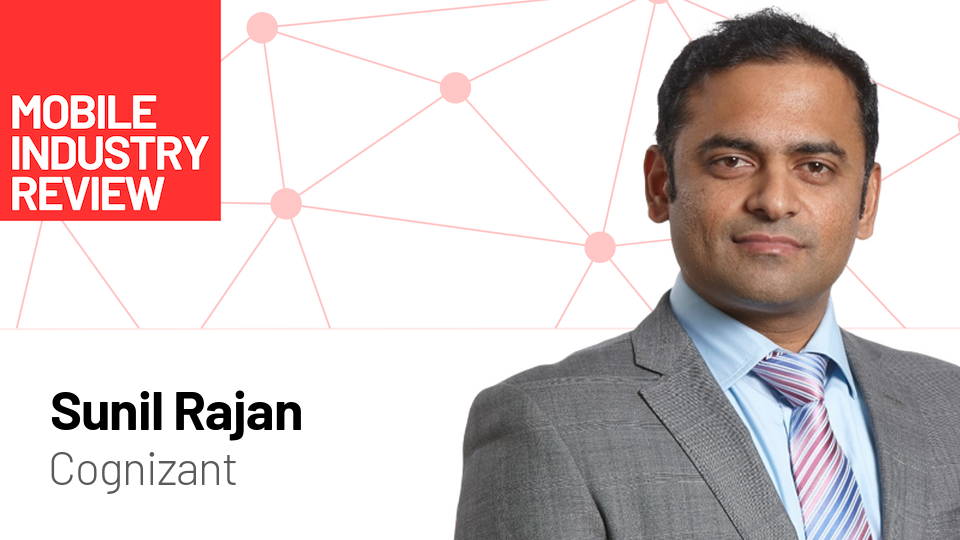GSM encryption can be cracked for $500
That was the shocking claim that popped into my inbox this morning. Spend $500 on a bit of radio hardware, plug it into your laptop and you too can play spooks and listen in to someone’s mobile phone call.
Now before you start panicking, let’s clear a few things up. This is a theoretical possibility – it doesn’t mean your calls are unsecure. Yet. However, whereas before it’d take quite a large chunk of processing power and many, many days of solid number crunching, according to a presentation (PDF) at the recent Hacking at Random (HAR) conference there’s already a plan in place.
The author, Karstan Nohl, needs help though. He’s calling for assistance in computing the rainbow tables required to decrypt the A5/1 ciphered data – all you need apparently is access to BitTorrent, and a certain kind of Nvidia video card (one with a CUDA-enabled GPU, apparently). Karstan reckons with 80 CUDA processors at his disposal he’ll have it cracked by Christmas.
Stan Schatt, Vice President and Practice Director, Healthcare and Security at ABI Research reckons GSM eavesdropping will be a real threat within the next 6-12 months. “Hackers have been quick to break into wireless LANs within the US, so there is no reason to think they won’t move to cell phones once they have the tools in place, particularly because so much valuable information is transmitted over cell phones.
“Potentially this news could have as profound an impact on the cell phone industry as the breaking of WEP encryption had on the wireless LAN industry. When people discovered that their wireless LANs were vulnerable, it slowed the sale of equipment until an industry groupâ€â€the Wi-Fi Alliance –stepped in and came up with interim security standards. If people do nothing, we are likely to start to hear stories of sensitive information being compromised, acquisition information being leaked, personal financial security information being compromised, etc. We could see tales of blackmail and extortion on the rise.”
Meanwhile, over at risk management specialist Henderson Risk, spokesman Stuart Quick says he’s not suprised A5/1 is being cracked. “It remains a Holy Grail amongst the hacking community and is intriguing because of the associated conspiracy theories. It is believed that the cipher has had weaknesses engineered in to it in order to make it easier for the security services to snoop on calls and that mobile communications providers are therefore misleading or incorrectly advertising their product’s level of security.”
So what can you do to make your mobile calls more secure? A while ago I wrote an article on this very subject, citing some useful tips from Simon Bransfield-Garth, CEO of British tech company Cellcrypt. No article about the security of mobile calls would be complete without a word from Simon: “Everybody has known for quite some time that a theoretical hack of GSM existed. This news means that the theoretical risk will become a very real one within the next six months. Governments have taken steps to manage the threat for years and now this is a very worrying prospect for anyone that discusses valuable or confidential information over their mobile phone.”
In research soon to be published by Cellcrypt, they found in a survey of corporate mobile users in the USA that 79% regularly discuss confidential issues over the phone every few days, with 64% making such calls daily.
So is this all doom and gloom? Will the Sun and sister paper The News of the World be going shopping for this kit to make it a hatrick of sensational eavesdropping stories?* Only time will tell.
* Apart from News of the World and their recent stories apparently involving voicemail ‘hacking’, The Sun caused an uproar in the early 90’s by publishing transcripts of taped conversations between the late Diana Princess of Wales and ‘close friend’ (and apparent Lotus dealer) James Gilbey – under the rather amusing title of ‘Squidgygate‘.



